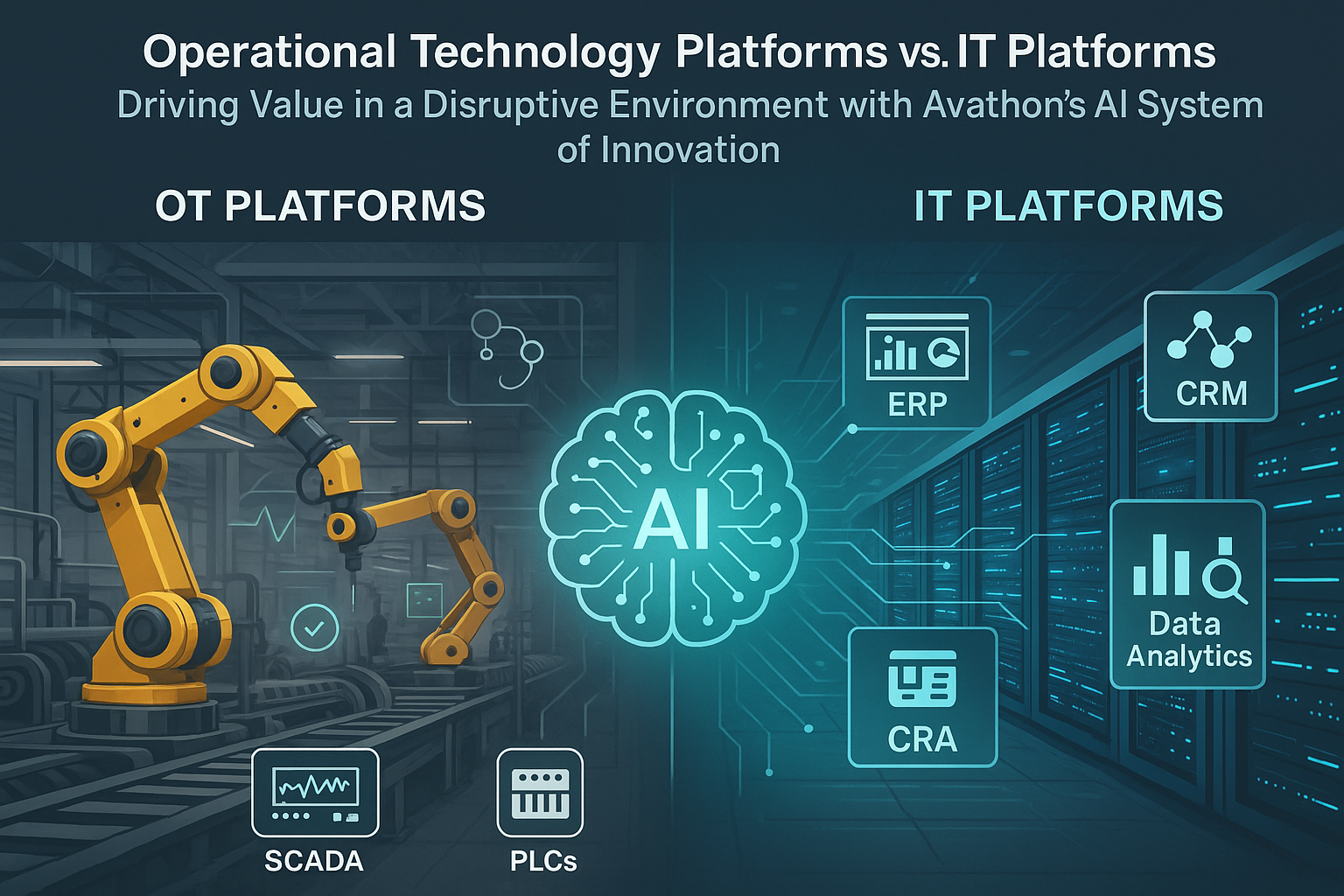Over the past decade, the oil and gas industry has made major investments in artificial intelligence, identifying a wide range of opportunities for operational improvement as a result. According to Gartner, over 39% of industry leaders are increasing their oil and gas AI investment in 2022 and projecting a total spend in excess of $2 billion.
O&G AI is a game-changing opportunity for a critical energy industry
For many years, energy companies have collected vast quantities of performance information, hoping they can identify applications that will make effective use of the data. But this rarely occurs – partly due to the immensity of the information, partly because traditional tools for analyzing such data are difficult to implement. The data is also almost exclusively backward-looking, rendering its predictive value limited. Through the use of capabilities like machine learning (ML), natural language processing (NLP), and computer vision, AI allows users to perform forward-looking projections based on troves of historical data.
There are numerous ways AI has been implemented across the oil and gas value chain:
- Upstream (drilling and exploration)—reducing nonproductive time (NPT), identifying and deterring drilling anomalies, and minimizing inadvertent environmental releases.
- Midstream (transport and storage)—identifying safety and operational issues with pipelines and transport shipping and routing.
- Downstream (refining and retail)—optimizing refining operations and maximizing customer loyalty.

A critical advantage of industrial AI is its ability to evaluate performance at a system level rather than focusing exclusively on individual pieces of equipment. While the reliability figures for individual pieces of equipment are routinely in the high 90s, that of the entire system is frequently as low as the high 70s or low 80s. This compromises the performance of the entire system or plant. The goal of industrial AI in the oil and gas industry is to drive the overall result to much higher levels while lowering the number of alerts so that each one is meaningful and truly informs operators about what is happening.
Industrial AI in O&G brings myriad operational benefits
European Oil Supermajor: With applications deployed across numerous offshore platforms and refineries, a European O&G firm has made massive investments in industrial AI in its quest to leverage the technology throughout the entire business. As a result, they have seen a 98.7% reduction in the number of alerts and are achieving 75-day advance notice of impending equipment failures, resulting in a $30 million savings in plant performance.
Large European Energy Company: This firm has analyzed vast amounts of time-series data to predict the performance of large turbines, increasing their reliability and uptime. The industrial AI energy solution captures 75% of compressor events with an average of eight days advance notice while reducing the rate of false positives. The company has seen a 5.1% increase in annual operating efficiency along with a $600,000 reduction in annual maintenance cost at its first implementation plant.
Middle Eastern Oil Supermajor: A Middle Eastern supermajor has used industrial AI to optimize its daily maritime shipments of 4 million barrels, or 50% of capacity. Their implementation of Avathon’s solution applies knowledge representation and analytics to available data to optimize the loading and routing of petroleum shipments using computational knowledge graphs, dynamic schedule optimization, simulation and scenario planning, and fleetwide management. This has enabled them to ship over 2 billion barrels in an optimized manner, driving a 98% reduction in labor and annual labor savings of $64 million.
Major Oleochemical Company: The company lost nearly $1 million in critical assets in a recent major fire despite the presence of numerous smoke detectors. Industrial AI computer vision was subsequently applied to existing camera feeds to proactively identify hazards, enabling the company to leverage multiple simultaneous use cases, including identification of workers’ personal protective equipment (PPE), appropriate training to work on equipment types, proximity to equipment and to each other, and analysis of the paths being taken as workers move about the facility. This is all accomplished using the CCTV infrastructure the client already had on-site, resulting in less than two seconds’ notice after the start of a fire, preventing a repeat of the critical asset loss suffered previously.
Large Asian Petroleum Company: The company used industrial AI computer vision to monitor retail customer time and behavior at gas pumps. They then matched this information with license plates and vehicle types in the company’s CRM system, allowing the company to track customer business volume and loyalty, as well as help to optimize employee performance, safety, and cleanliness, resulting in significant increases in customer loyalty and revenue.
Key benefits of AI implementation in the oil and gas industry include increased asset lifetimes, predictive anomaly detection and downtime mitigation, and optimized safety, efficiency, and environmental performance. The most important aspect of AI is that the system is trained to understand how system normality evolves over time. This can be achieved in the presence of large quantities of historical data or very sparse data sets, reducing implementation risk and speeding deployment, resulting in faster time to value and greater scalability.
Learn more about Avathon’s AI applications for the oil and gas industry.




